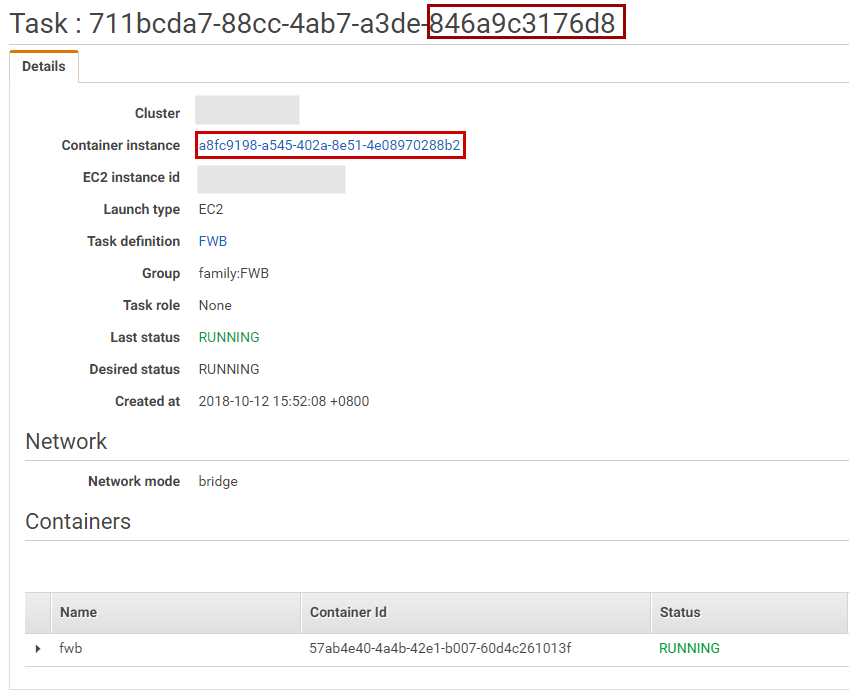

But when asked to do the same using any programming language instead of commands, things starts to look a little weak. You write Docker commands in the tool and docker obeys them. You can also configure multiple proxy servers. Substitute the type of proxy with httpsProxy or ftpProxy if necessary, and substitute the address and port of the proxy server. Add JSON similar to the following example.
Getting docker ip mac#
Host contains multiple publicly accessible IP addresses with MAC addresses. Working with Docker is pretty easy, all you need is Docker installed in your machine and a command line tool such as command prompt or powershell to interact with it. AFAIK, in the case of Docker for Linux (standard distribution), the IP address of the host will always be 172.17.0.1 (on the main network of docker, see. On the Docker client, create or edit the file /.docker/config.json in the home directory of the user that starts containers. Host ethernet interface: eth0 docker network create -d macvlan -o macvlan_mode=bridge -subnet=188.40.76.0/26 -gateway=188.40.76.1 -o parent=eth0 macvlan_bridgeĪbove command creates network named ‘macvlan_bridge’ Running a container using ‘macvlan_bridge’ network: If a container uses port 8000 of host then no other containers can use that port.īinding multiple ports to container can be done by specifying port range but this operation takes more time depending on no. Problems with docker containers port binding:


MACVLAN doesn’t need to learn(identify) mac addresses of the systems within the network to distribute traffic as it know’s every mac address, this makes it fast and easy to setup than bridge type networking. Since we're inside the Docker's network, we can also use the alias instead of the IP address. Then, use curl to send a request to the test2 container: rootb09a8f47e2a8:/ curl 172.22.0.2:8080 Hello from test2. For example, the following rule restricts external access from all IP addresses except 192.168.1.1: iptables -I DOCKER-USER -i extif. First, let's get inside the test1 container: docker exec -it b09a8f47e2a8 /bin/bash. To allow only a specific IP or network to access the containers, insert a negated rule at the top of the DOCKER-USER filter chain. This way if your system has multiple IP addresses with MAC addresses then we can create multiple virtual network interfaces each having their own IP address and MAC address. By default, all external source IPs are allowed to connect to the Docker host. MACVLAN creates multiple virtual network interfaces with different MAC addresses.


 0 kommentar(er)
0 kommentar(er)
